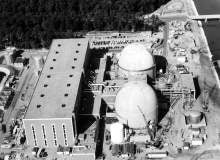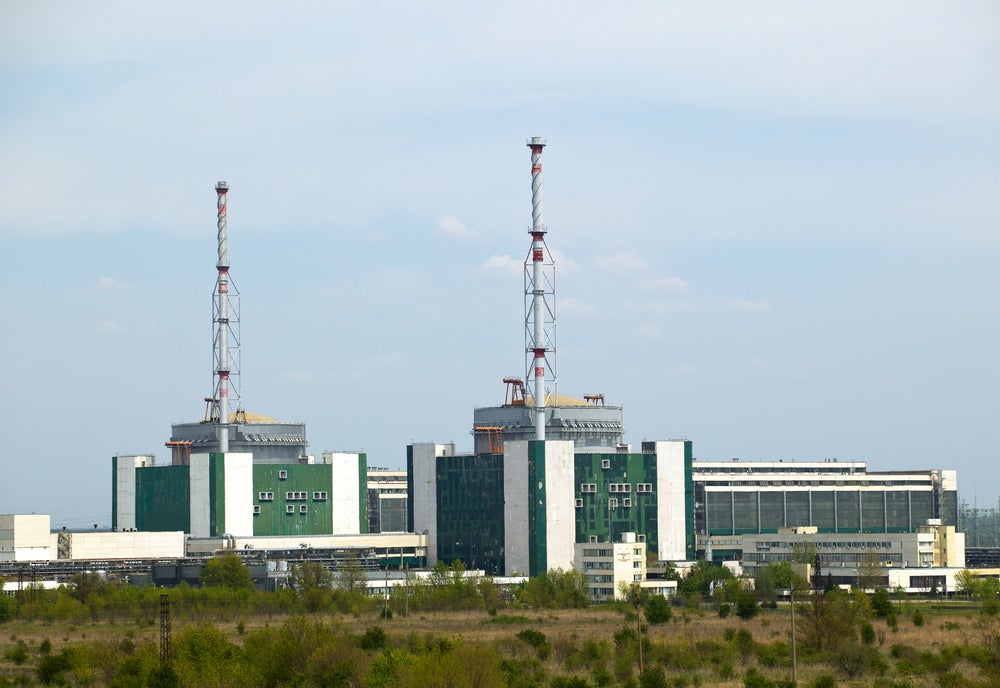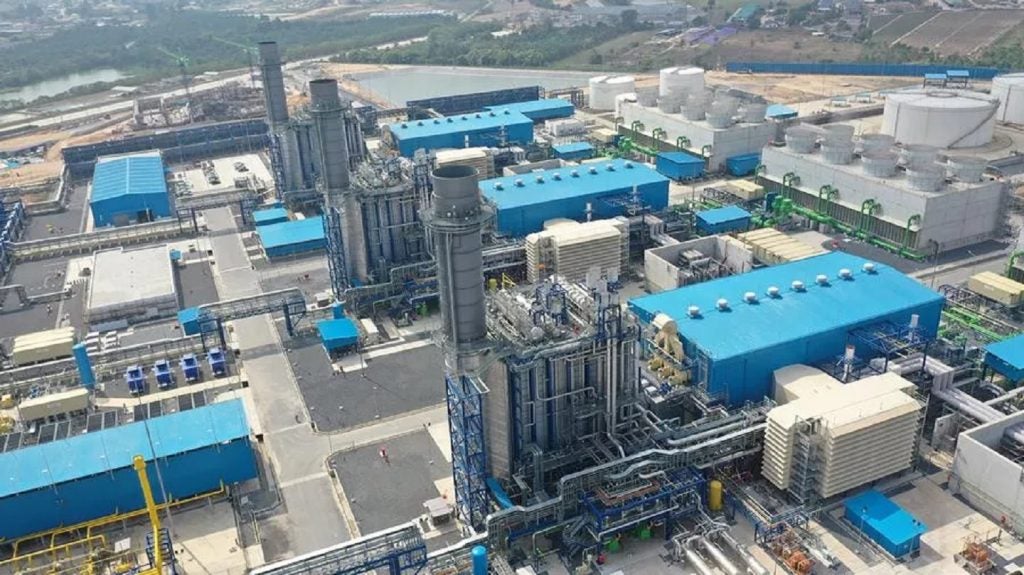

Surry Nuclear Power Station sits across the James River from Jamestown, US and provides nearly 20% of the state of Virginia’s electricity. As well as playing a central role in the state’s energy mix, the plant is set to become something of a test-bed for a new round of potential licence extensions that could see nuclear power stations operating for decades longer than originally imagined, and far longer than some critics would deem safe.
The plant’s two reactors came online for the first time in 1972 and 1973, respectively, with a 40-year operating licence. Since then, the plant – like the majority of the US’s nearly 100 reactors – has secured a 20-year licence extension from the US Nuclear Regulatory Commission (NRC), carrying the station through to 2033.
In November 2015, Surry’s owner and operator Dominion Resources signalled to the NRC its intention to apply for a second 20-year extension of the plant’s lifecycle, meaning that the facility would be 80 years old by the time it is finally decommissioned in 2053. The US will be the first country in the world to make a decision on whether to allow 80 years of operation for nuclear plants, which could potentially set an example for the rest of the world to follow.
“[The US is] at the forefront,” Electric Power Research Institute director Tina Taylor told Bloomberg in November. “As we demonstrate extending the licence of plants and continue operating them, it sets a model for how people will do that around the world.”
See Also:
A potentially precedent-setting decision from the NRC on the Surry licence extension won’t come before the early 2020s as Dominion plans to wait until 2019 before submitting its official application, but, in the meantime, the debate over the safety ramifications of increasingly aged nuclear plants has been picking up. The hot-button question: can nuclear stations designed in the 60s and built in the 70s still be suitable for operation in the 21st century?
How well do you really know your competitors?
Access the most comprehensive Company Profiles on the market, powered by GlobalData. Save hours of research. Gain competitive edge.

Thank you!
Your download email will arrive shortly
Not ready to buy yet? Download a free sample
We are confident about the unique quality of our Company Profiles. However, we want you to make the most beneficial decision for your business, so we offer a free sample that you can download by submitting the below form
By GlobalDataThe Pickering extension: “limping along”?
North of the border in Canada, Ontario Power Generation (OPG) is preparing to apply for a new licence extension for its Pickering Nuclear Generating Station in 2018, which would see the plant continue operations until 2024, with two of its six units coming offline in 2022 and the rest continuing to produce for another two years. This is particularly important, OPG says, as OPG’s other two large-scale nuclear stations in Ontario, Darlington and Bruce, are preparing for major multi-billion-dollar refurbishment projects, meaning that continued operations at Pickering will be needed to make up for reduced output from its counterparts.
The proposed extension of the Pickering plant, which started operations in 1971 and was previously scheduled to be decommissioned in 2020 at the latest, has drawn criticism from a number of Canadian environmental groups, with the safety of continued operations a major concern.
“Why, after promising to close Pickering by 2020 at the latest, are the Liberals now working to keep it limping along?” asked Ontario Clean Air Alliance (OCAA) chairman Jack Gibbons in a May letter to the Toronto Star newspaper. “‘Fixing’ Pickering is like fixing your aging Buick –— it is an ongoing and costly battle…Designed in the 1950s and 60s, Pickering is an unusual nuclear facility: it has multiple reactors sharing a single containment building and has no secondary fast-shutdown system. Separate containment for individual reactors and redundant fast-shutdown systems have been standard issue for most nuclear plants for years.”
Gibbons also listed safety-related incidents that have occurred at Pickering over the years, including a loss-of-coolant event in 1984, and claimed that “breakdowns and ‘incidents’ are regular occurrences at North America’s fourth-oldest nuclear station”.
Gibbons’s criticism drew a rapid response from OPG and the Ontario-based Power Workers Union (PWU), which both wrote to the Toronto Star to refute his arguments. “The six nuclear units at Pickering were built to very robust standards and are operating safely, to the highest performance standards,” said OPG president and CEO Jeffrey Lyash.
“Monday’s anti-Pickering Nuclear Station Extension editorial diatribe by the OCAA is typical of their ‘dreamweaver’-like campaigns – heavy with the spectre of environmental disaster and fast and loose with the facts,” said PWU president Don MacKinnon.
OPG has also pointed to the $200m it has invested in the maintenance of Pickering since 2010, and its solid record of compliance in regular inspections by the Canadian Nuclear Safety Commission, which would need to be fully satisfied by OGP’s application for the licence extension to be approved.
Is 80 years a safe lifecycle?
Of course, much of the debate over extending the life of nuclear facilities comes down to a fundamental disagreement over how best to tackle climate change and decarbonise energy supplies. Many environmentalists describe nuclear as an outdated and inherently unsafe technology, and draw attention to the thorny issue of nuclear waste. Nuclear advocates, meanwhile, say the technology is the best option for emissions-free baseload generation, and that cutting nuclear capacity leaves only one reasonable alternative to fulfil this role – fossil fuels.
Nevertheless, with the prospect of 80-year operating licences for nuclear stations, the argument is far from purely ideological. There are practical operations and maintenance concerns with running plants for the best part of a century; chief among these is the fact that it represents uncharted waters for plant operators and the bodies that regulate them.
“It’s a real wild card to talk about how these same plants will be responding 60-80 years out,” Paul Gunter, director of activist group Beyond Nuclear’s Reactor Oversight Project told WVTF Public Radio in November. “They simply don’t know.”
Potential issues that have been flagged for ageing plants operating beyond their original design specification include concerns over the ongoing integrity of concrete structures after decades of use, as well as the steel used to house reactor cores, which gradually becomes more brittle as it is bombarded by radiation.
“If you hit steel with a lot of neutrons over a long period of time, you change the mechanical properties of the steel,” US NRC spokesman Scott Burnell told WVTF. “The ongoing technological question is: at what point does that steel no longer have the necessary qualities to do its job?”
The NRC takes the position that the original 40-year licences imposed on nuclear plants in the 60s and 70s had more to do with economic and anti–trust factors than limitations of the nuclear technologies themselves. Plant operators also argue that regular refurbishment, repair and upgrade programmes over the life of nuclear power stations means that it is unfair to judge these cases based on their original specifications, as much of the equipment housed inside is farmuch newer.
It is certainly true that the higher risk presented by ageing nuclear facilities requires a more aggressive risk management programme from operators, and it remains to be seen whether the NRC and other nuclear regulators can be persuaded by utilities that safe operations beyond 60 years is achievable.
In any case, the outlook for many plants in the US and elsewhere is more likely to be decided by financial circumstances than technical issues. Bolstered risk management programmes and more proactive maintenance cycles will add operating costs as plants age, and a glut of cheap gas is already seeing many nuclear facilities struggle or shut down. The broad consensus today is that nuclear needs to be a significant component of the global energy mix if the world is going to meet its decarbonisation targets in the coming decades. It is not yet clear whether 80-year-old plants are a safe and acceptable alternative to the much more costly and time-consuming process of building new ones from scratch.







